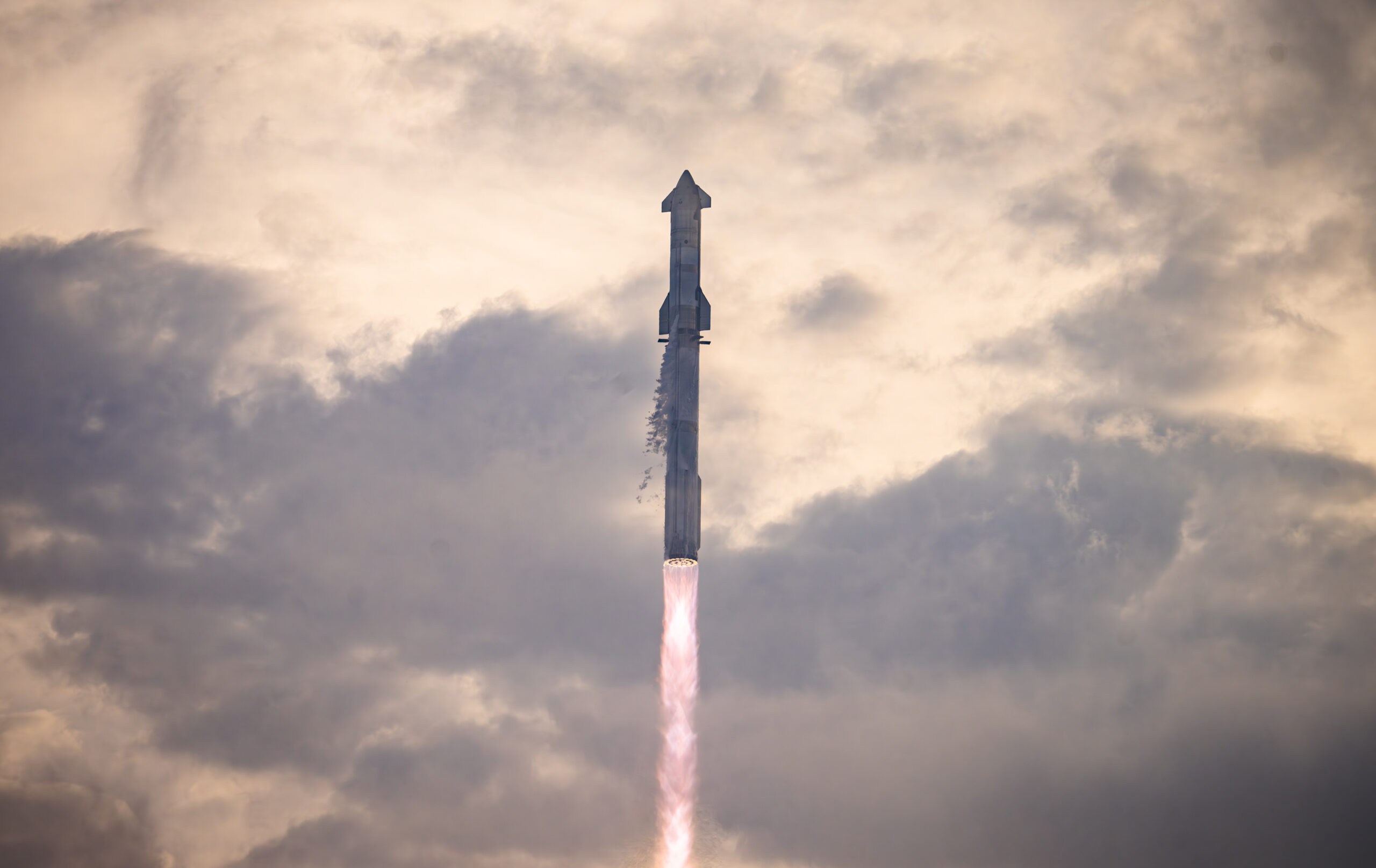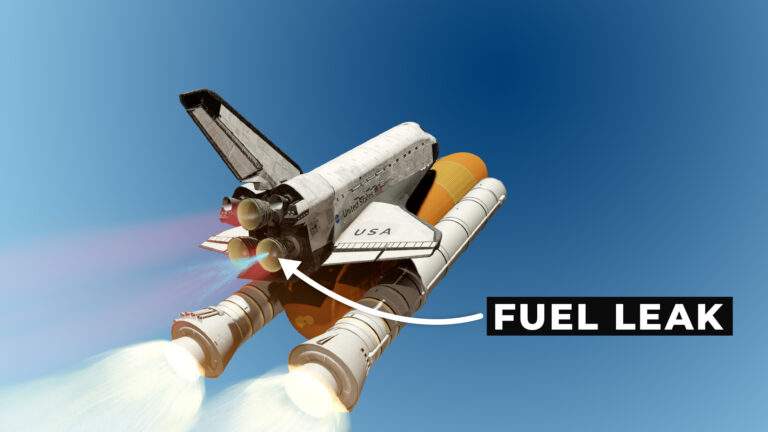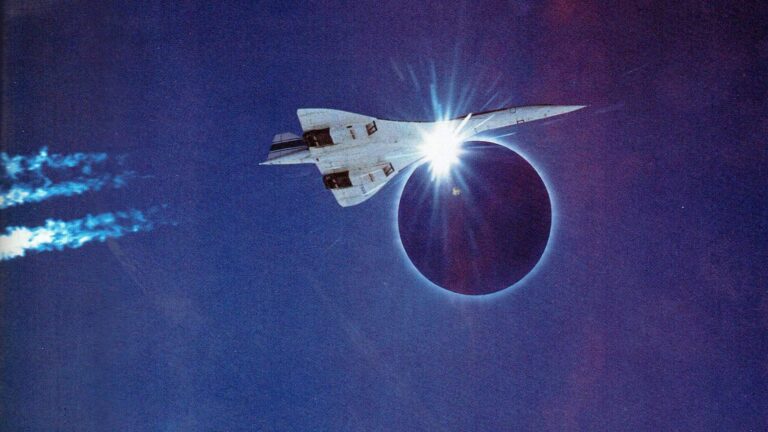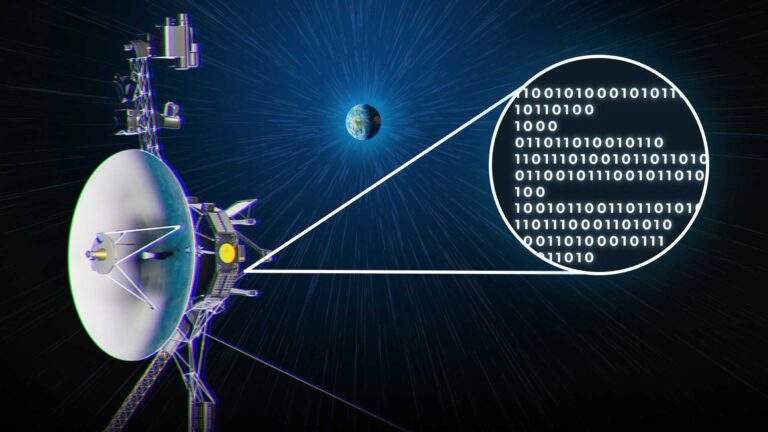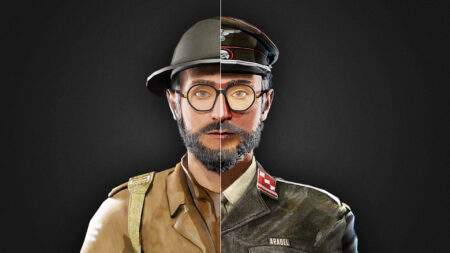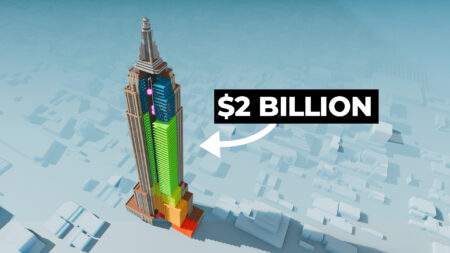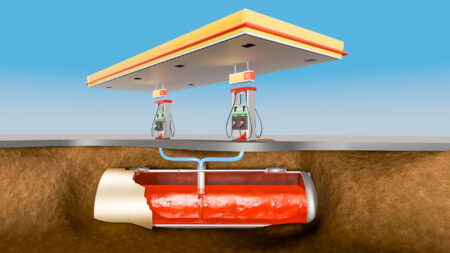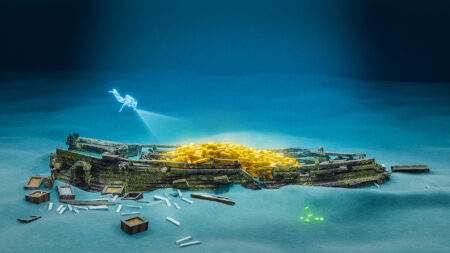SpaceX’s massive Starship rocket launched for the 3rd time on March 14 as the vehicle reached its expected orbit, marking a major milestone for the programme.
Starship Launch
Though there was a 90-minute delay to liftoff, propellant loading operations proceeded without an issue prior to launch. With propellant loading complete around 3 minutes before liftoff, SpaceX’s launch director soon verified a go for launch, paving the way for another exciting launch from Starbase, Texas.
At 08:25am CT (13:25 UTC), all 33 Raptor engines successfully ignited as 1st stage flight continued without a hitch. This was the 2nd consecutive test flight where all Raptors on the booster performed flawlessly proving Raptor reliability is only improving.

As 1st stage flight neared an end, Starship performed its hot staging manoeuvre. This is where Starship’s 6 Raptor engines ignite prior to stage separation resulting in increased acceleration of the Ship thus increasing vehicle performance.
Once stage separation was complete, Booster 10 performed its flip manoeuvre before completing a boostback burn. This was major progress compared to previous flights where the booster exploded soon after the hot staging manoeuvre. Despite a successful boostback burn, Booster 10 experienced a rapid unscheduled disassembly (RUD) during its landing burn.
To the joy of onlookers and SpaceX alike, Ship 28 completed its 1st full duration burn in space and so bringing the vehicle to its expected orbit. Though Starship reached space during its 2nd integrated flight test, a full burn was not completed and so this flight marked an important milestone for SpaceX.
Soon after Ship 28 had completed its burn, it entered its coast phase whilst trying to achieve a number of new objectives. Its payload door was opened and closed, and a propellant transfer demonstration was performed though the scale of success from these objectives is unknown as of now.
Prior to the mission, SpaceX also planned to relight a single Raptor engine on orbit, but this was cancelled due to the Ship’s excessive rolling.
After Ship 28’s coast phase was complete, the vehicle began its re-entry. This provided viewers with a spectacular sight with live video of the plasma field engulfing Starship’s heat shield tiles. This was made possible due to the Starlink terminals installed onto Ship 28.
Starship re-entering Earth's atmosphere. Views through the plasma pic.twitter.com/HEQX4eEHWH
— SpaceX (@SpaceX) March 14, 2024
At around T+50 minutes and at an altitude of around 65km, SpaceX lost telemetry from the vehicle ending an impressive test flight for the launch company.
Flight Test 3 Upgrades
Following the Federal Aviation Administration’s (FAA) mishap investigation into Starship’s 2nd flight test, the FAA identified 17 corrective actions. All 17 of these were met prior to flight. Some of these actions included:
Due to filter blockages on the previous flight, SpaceX implemented hardware changes to Booster 10’s oxidiser tanks. This was done to prevent a repeat of the issues that cropped up during Starship’s 2nd test flight and should increase future booster reliability.
In addition to this important upgrade, some minor upgrades were implemented. These include improved Starlink terminals, a more rounded common dome design, and a new stability mount for lifting. The upgrades to the Starlink terminals culminated in smooth onboard footage during flight. Enhancements also included a host of software changes.
Whilst the differences between Booster 10 and Booster 9 were somewhat minimal, the contrast between Ship 25 and Ship 28 were more pronounced.
The Raptor engines on Ship 28 hosted an electronic thrust vector control (TVC) system. Whilst this helps reduce the risk of fire, it also improves general Raptor reliability.
Beyond the introduction of an electronic TVC system, the Ship’s heat shield patterns have changed, more Starlink dishes have been installed onto the vehicle, and the vents on the propellant tanks have moved location.
Perhaps one of the more important changes was an operable payload door on Ship 28. Previously, Ship 25 had its payload door welded shut but Ship 28 opened and closed this door during its flight test.
Testing Prior to Launch
SpaceX conducted a multitude of tests to prepare Booster 10 and Ship 28 for Starship’s 3rd integrated flight test.
Booster 10 began its test campaign mid-way through 2023 by completing its 1st cryogenic proof test. This is where the vehicle is filled with super cold liquid nitrogen to verify the structural integrity of the vehicle. Booster 10 subsequently underwent 3 further proof tests.
Additionally, Booster 10 completed a single 33 engine static fire test towards the end of 2023. The data from this test pointed to a successful static fire and SpaceX proceeded with the campaign towards launch.
Elsewhere, Ship 28 conducted 2 cryogenic proof tests with the first one coming in July 2023. The Ship also underwent 2 static fire tests with its first test igniting all 6 Raptor engines and the final test igniting a single Raptor.
Beyond Ship 28’s cryogenic proof and static fire tests, the vehicle also performed 2 spin prime tests. This is where the engine’s turbopumps are spun without igniting the engines. Ship 28’s final spin prime test concluded the vehicle’s test campaign in late February.
Once Booster 10 and Ship 28 testing was complete and SpaceX were satisfied with the data they received, a full wet dress rehearsal was conducted on March 3 where the vehicle replicated launch day bar lift-off. This was the final major testing milestone prior to launch day.

Flight Plan Changes
Several new mission objectives were added to flight 3 following Starship’s 2nd flight. Opening and closing the payload door, relighting a Raptor in space, a propellant transfer demonstration between the header and main tanks, and a Ship splashdown in the Indian Ocean were some of these mission objectives.
Though the relight of a single Raptor engine did not occur and the success of the propellant transfer demonstration remains to be seen, the payload door appeared to be opened and closed, and the Ship was on track for a splashdown in the Indian Ocean before failure during re-entry.
What’s next for Starship?
Now Starship has reached its expected orbit, SpaceX will be hoping for a similar outcome during the next flight test. However, the company will hope to see further progress with both the booster landing and ship re-entry which are important milestones in proving the viability of full reusability.
Booster 11 and Ship 29 will fly on Starship’s 4th integrated flight test and have already begun their test campaigns with cryogenic proof and spin prime testing.
Ship 29 Spin Prime test. https://t.co/iG8r7sLhk2 pic.twitter.com/bEnPJMNgUw
— Chris Bergin – NSF (@NASASpaceflight) March 11, 2024
The exact mission goals for the next flight are still unknown.
Beyond the next flight test, SpaceX aim to deploy Starlink satellites via Starship and perform orbital refuelling tests which are vital before Starship can journey to the Moon, Mars, and beyond.
Featured Image Credit: SpaceX
